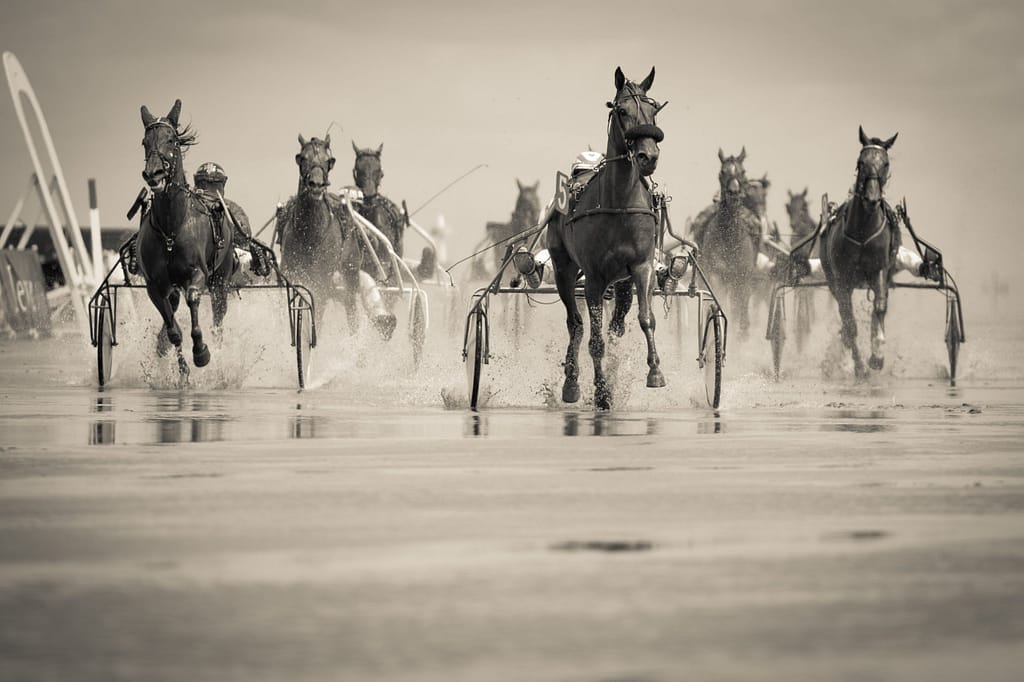
Historical Figures and Their Equestrian Skills
Throughout history, numerous individuals have stood out for their remarkable equestrian skills, leaving indelible marks on the art of horsemanship and often changing the course of history itself. This section explores the lives and legacies of some of the most notable figures known for their mastery of riding and their deep connections with horses. Their stories span cultures and epochs, reflecting the universal respect and admiration for skilled riders across the world.
Alexander the Great and Bucephalus
One of the most legendary relationships between a ruler and his steed is that of Alexander the Great and Bucephalus. Alexander, who would become one of history’s greatest military leaders, demonstrated his profound understanding and command of horses at a young age by taming Bucephalus, a horse deemed untamable by others. Bucephalus carried Alexander through numerous battles, becoming a symbol of bravery and loyalty. This story underscores the importance of trust and mutual respect in the bond between horse and rider.
Genghis Khan and the Mongol Cavalry
Genghis Khan, the founder of the Mongol Empire, revolutionized cavalry tactics and used his superior equestrian skills to create the largest contiguous empire in history. The Mongol cavalry, known for its speed, endurance, and agility, owed much of its success to the Mongols’ deep understanding of horses and their ability to shoot arrows with deadly accuracy while riding at full gallop. Genghis Khan’s legacy highlights the strategic importance of equestrian skills in warfare and the role of horses in expanding empires.
Xenophon and the Art of Horsemanship
Xenophon, an ancient Greek philosopher, historian, and soldier, authored “The Art of Horsemanship,” one of the earliest known treatises on horse care, training, and riding. His work not only reflects the equestrian knowledge of his time but also emphasizes the psychological aspects of training, advocating for a respectful and understanding approach to horses. Xenophon’s contributions laid the groundwork for classical dressage and continue to influence modern horsemanship.
Queen Elizabeth II and Her Passion for Horses
Queen Elizabeth II of the United Kingdom is renowned for her lifelong passion for horses. An accomplished rider and breeder, her knowledge and love for equestrianism have been well-documented. The Queen’s involvement in horse racing, her patronage of equestrian organizations, and her personal riding habits have endeared her to horse lovers worldwide, showcasing the enduring appeal of equestrian pursuits across generations and social statuses.
Buffalo Bill and the Wild West Show
William F. Cody, known as Buffalo Bill, was an American soldier, bison hunter, and showman who founded Buffalo Bill’s Wild West, a traveling show that celebrated the skills and culture of the American West. Featuring sharpshooting, rodeo events, and dramatic reenactments, the show highlighted Cody’s own equestrian skills and introduced audiences around the world to the artistry and excitement of American riding disciplines.
Conclusion
These historical figures, among others, embody the diverse ways in which equestrian skills have been revered and cultivated across different cultures and periods. Their stories illustrate the profound impact that skilled riders can have on their societies, whether through military conquest, cultural enrichment, or the advancement of horsemanship. As we reflect on their legacies, we are reminded of the timeless bond between humans and horses and the ongoing quest for harmony and mastery in the saddle.

Build Your Business and Learn Affiliate Marketing
See you there!
Our Unique Value Propositions
Discover why Chwals GPT is the top choice for equestrians looking
to build their online presence (register for free)
Tailored Equestrian Expertise – Community Connection – Intuitive User Experience



